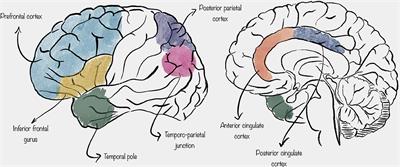EDITORIAL
Published on 22 Nov 2022
Editorial: Current state of the art of human brain white matter: From structural and functional connectivity to neurosurgical applications
doi 10.3389/fneur.2022.1068212
- 1,144 views
- 1 citation
16k
Total downloads
78k
Total views and downloads
EDITORIAL
Published on 22 Nov 2022
CORRECTION
Published on 17 Aug 2022
BRIEF RESEARCH REPORT
Published on 18 Jul 2022

ORIGINAL RESEARCH
Published on 03 Jun 2022

REVIEW
Published on 12 May 2022
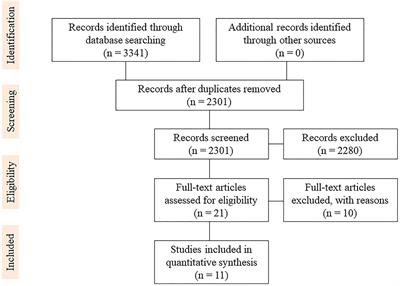
REVIEW
Published on 27 Apr 2022
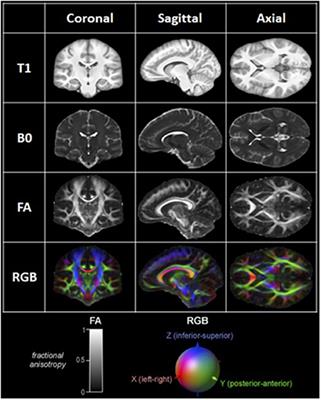
ORIGINAL RESEARCH
Published on 15 Feb 2022
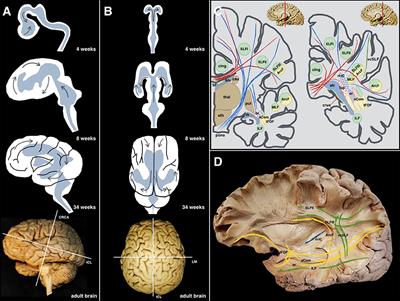
REVIEW
Published on 04 Feb 2022
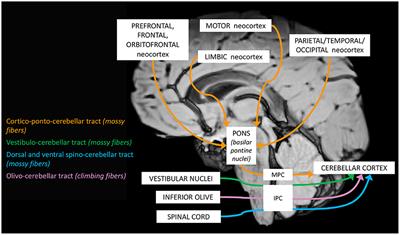
ORIGINAL RESEARCH
Published on 02 Feb 2022
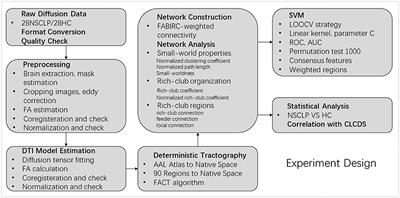
ORIGINAL RESEARCH
Published on 28 Jan 2022
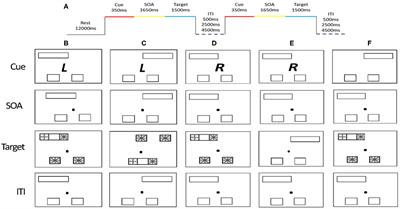
ORIGINAL RESEARCH
Published on 20 Jan 2022
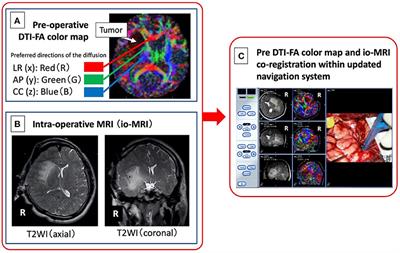
MINI REVIEW
Published on 27 Aug 2021
